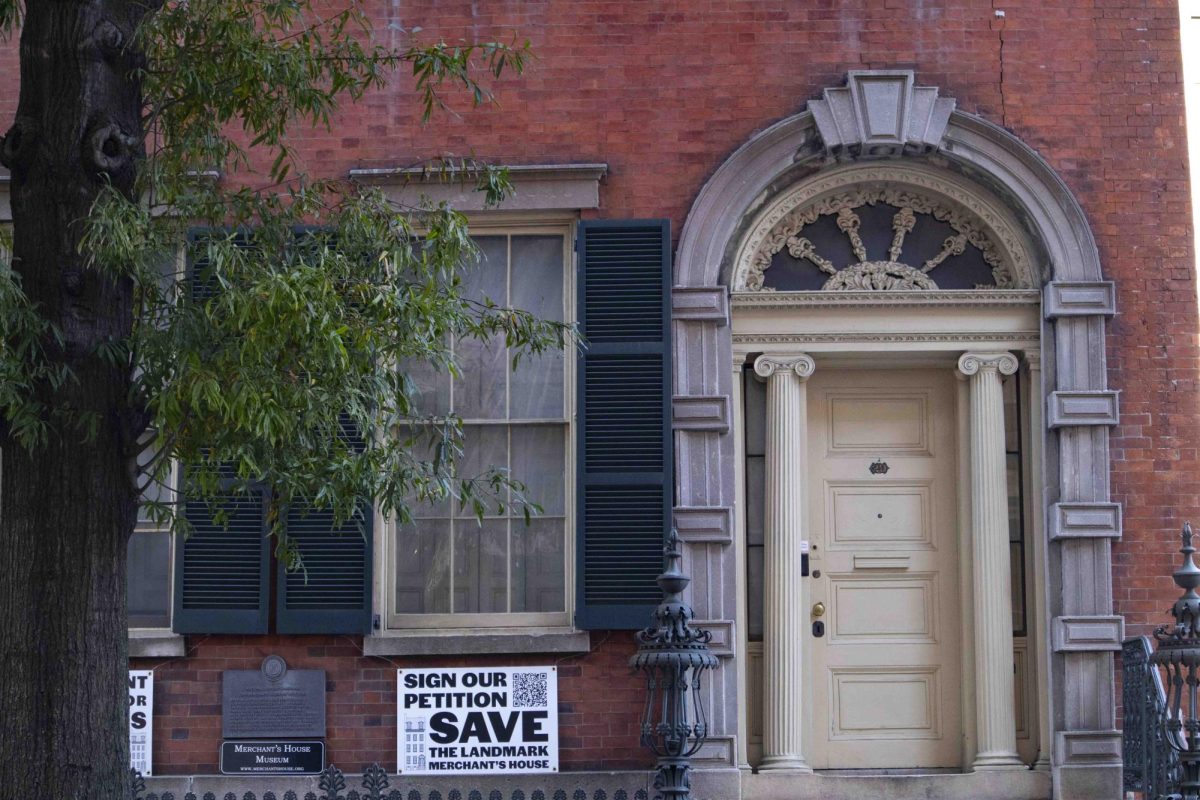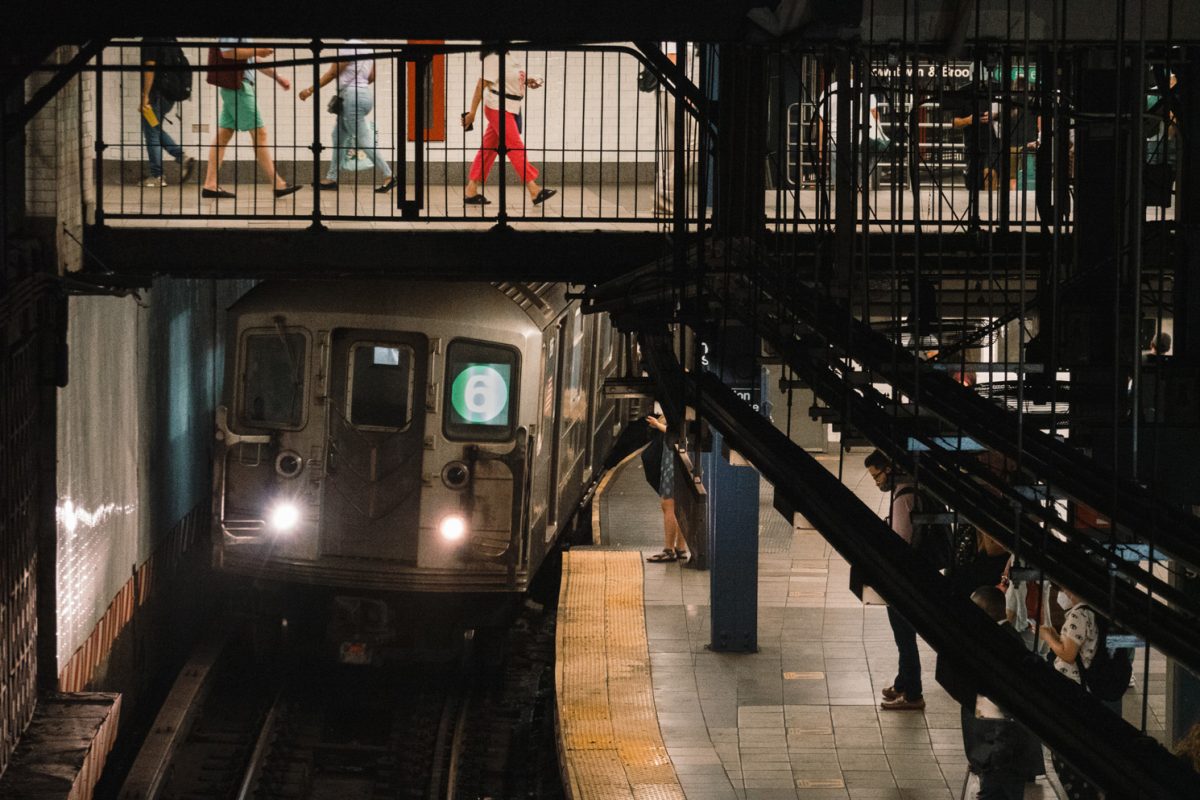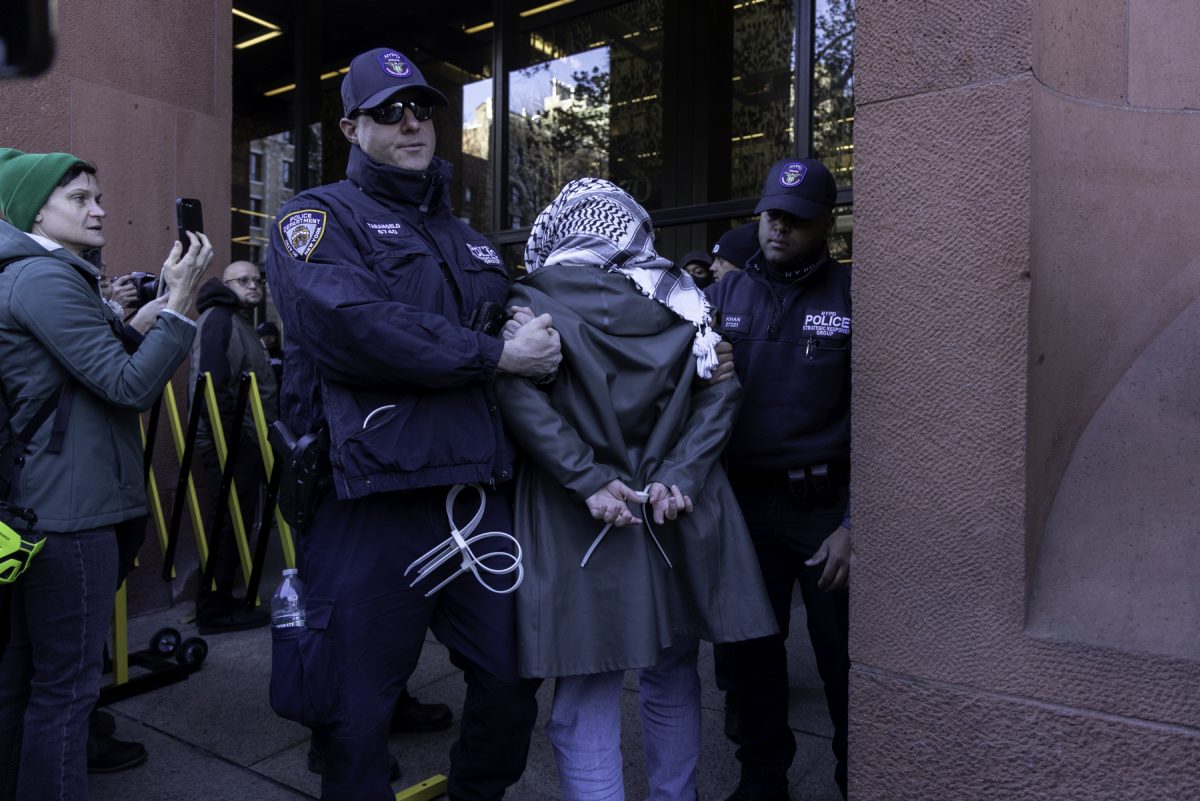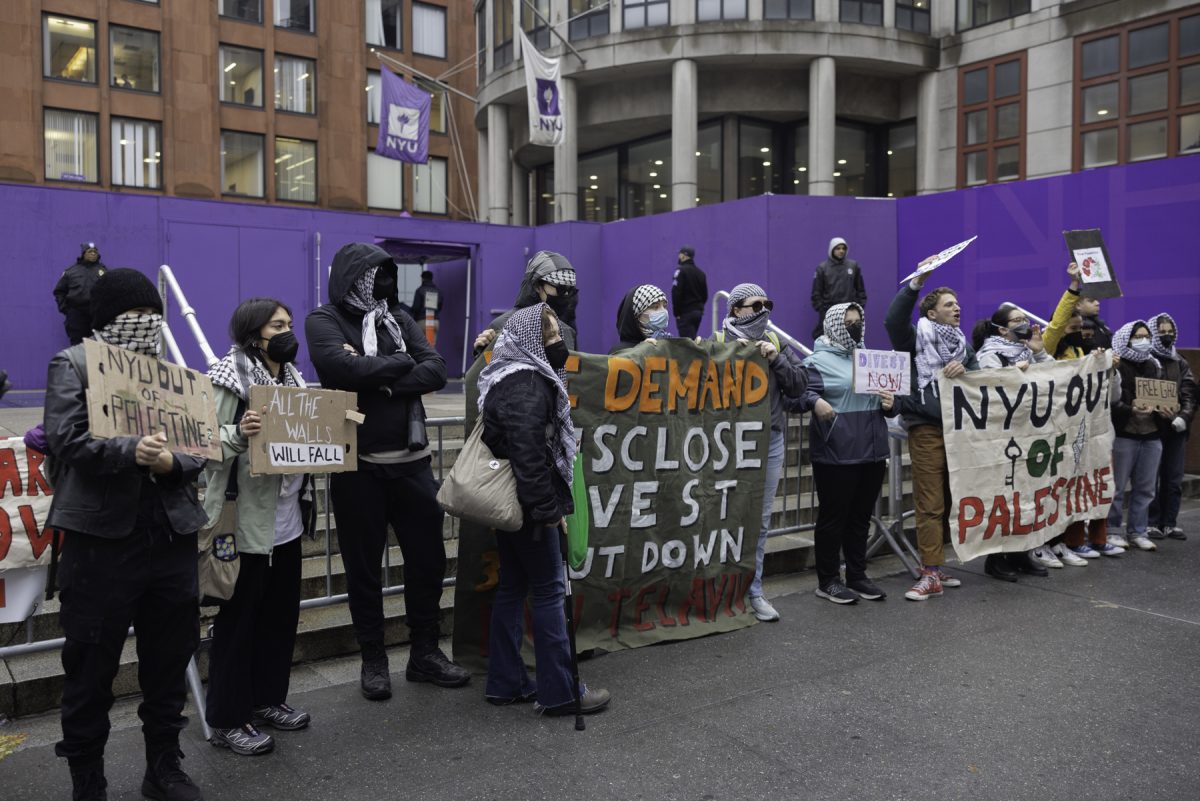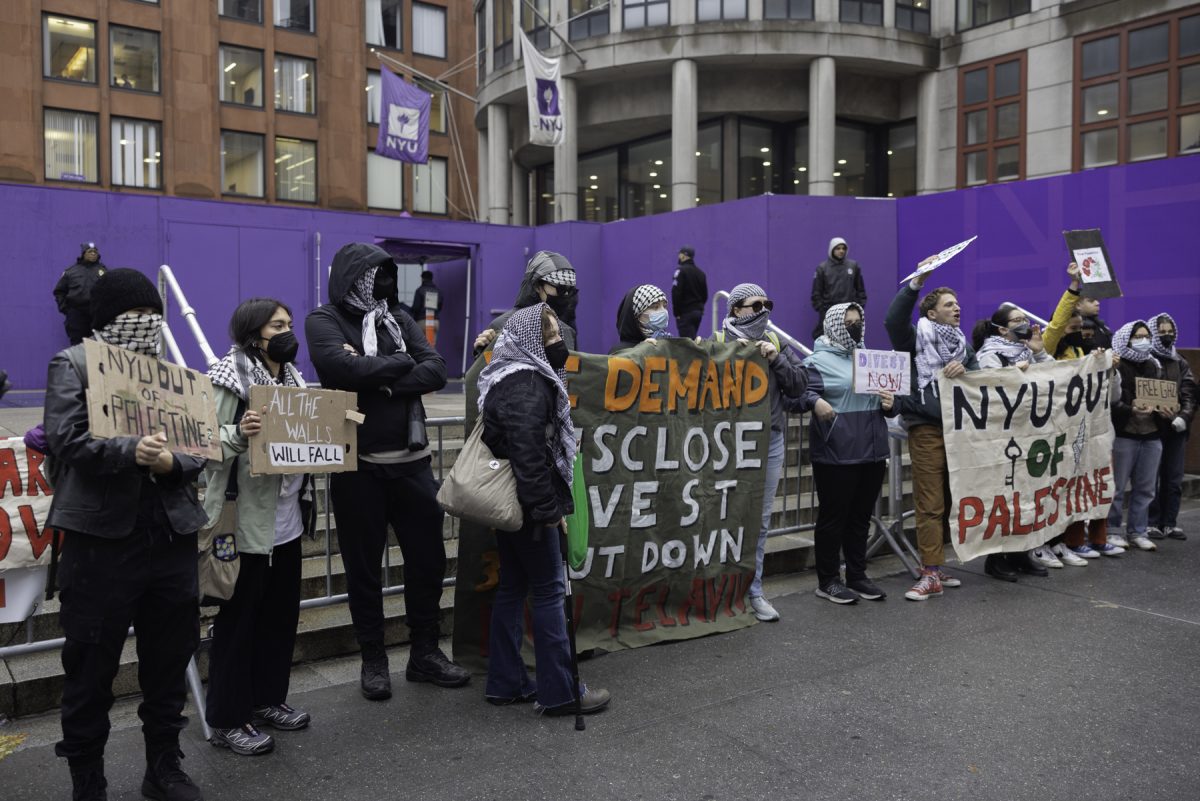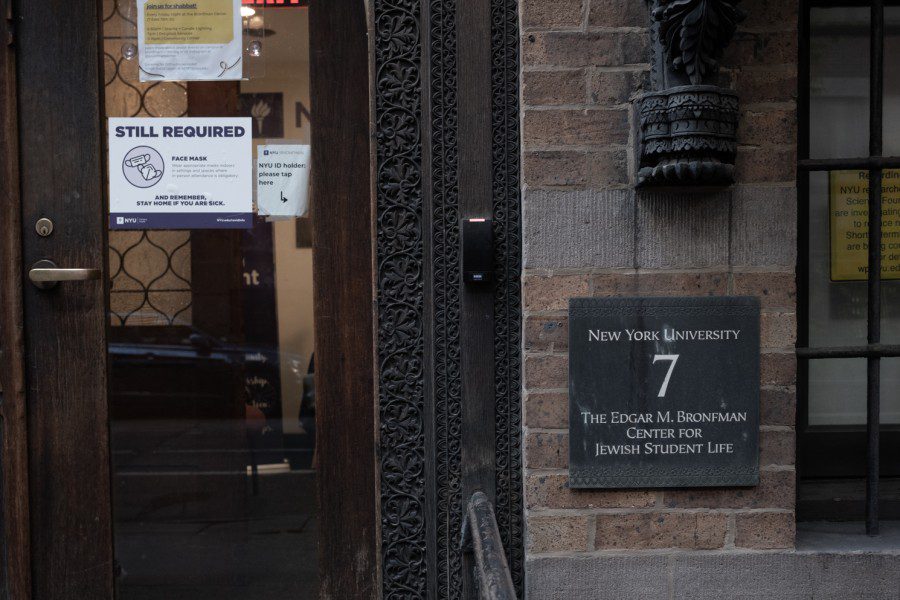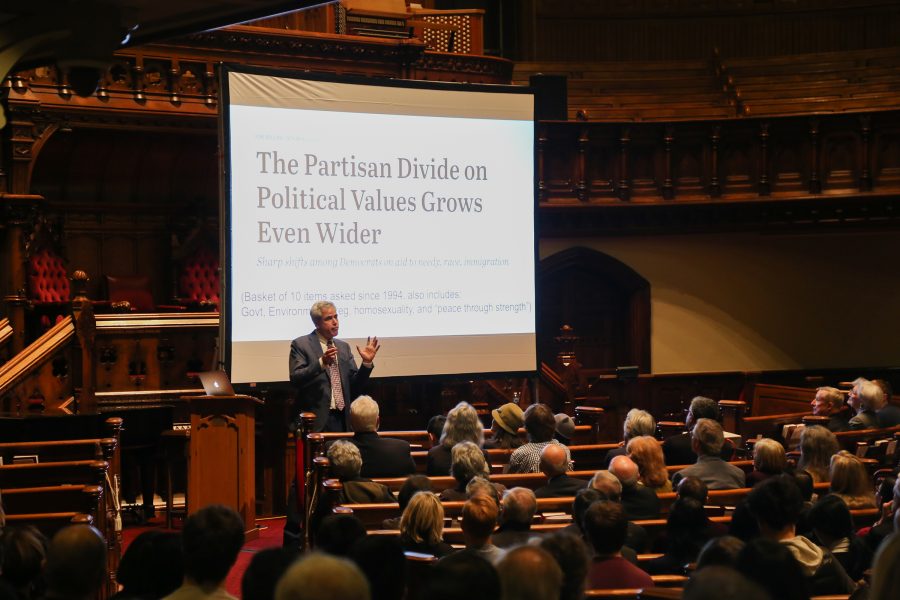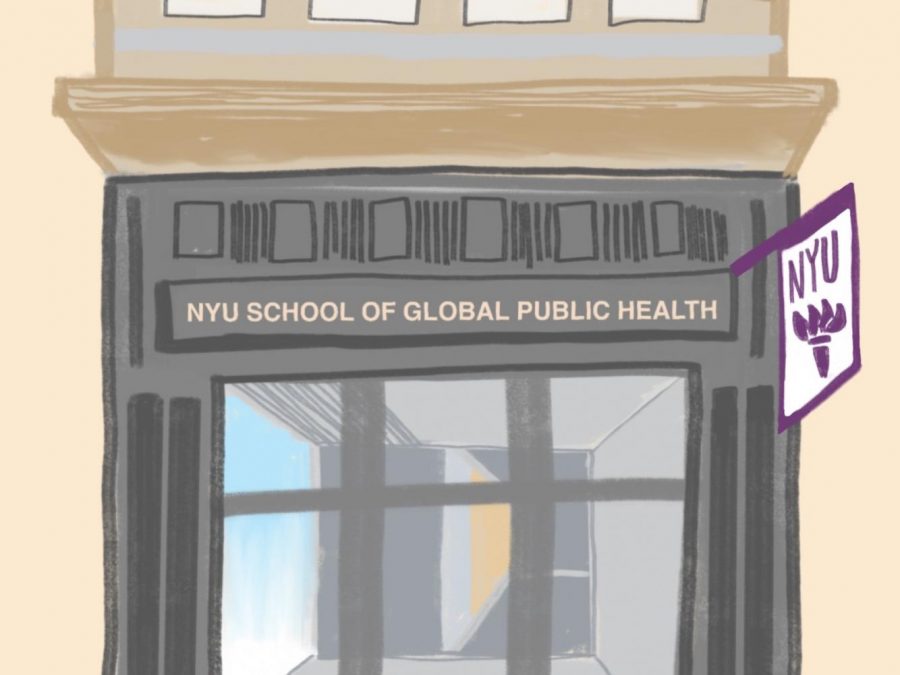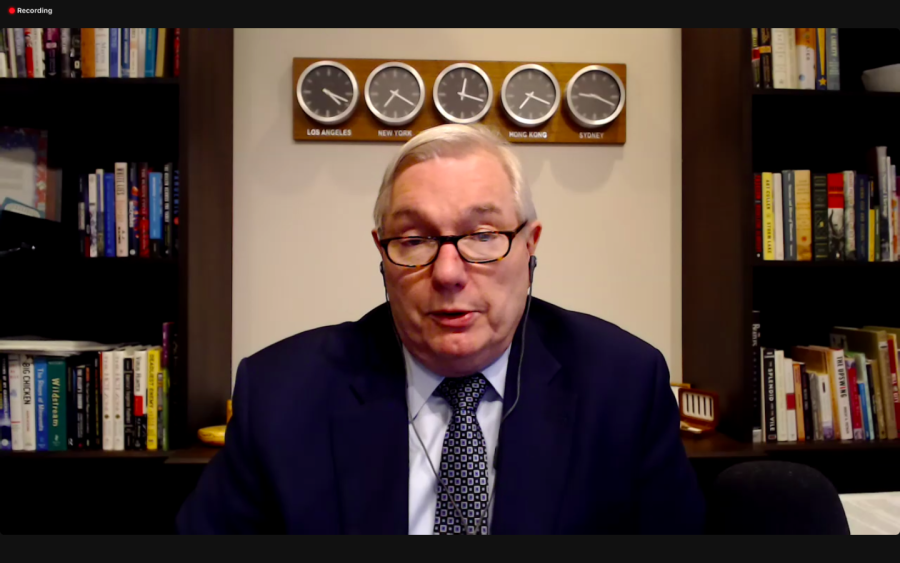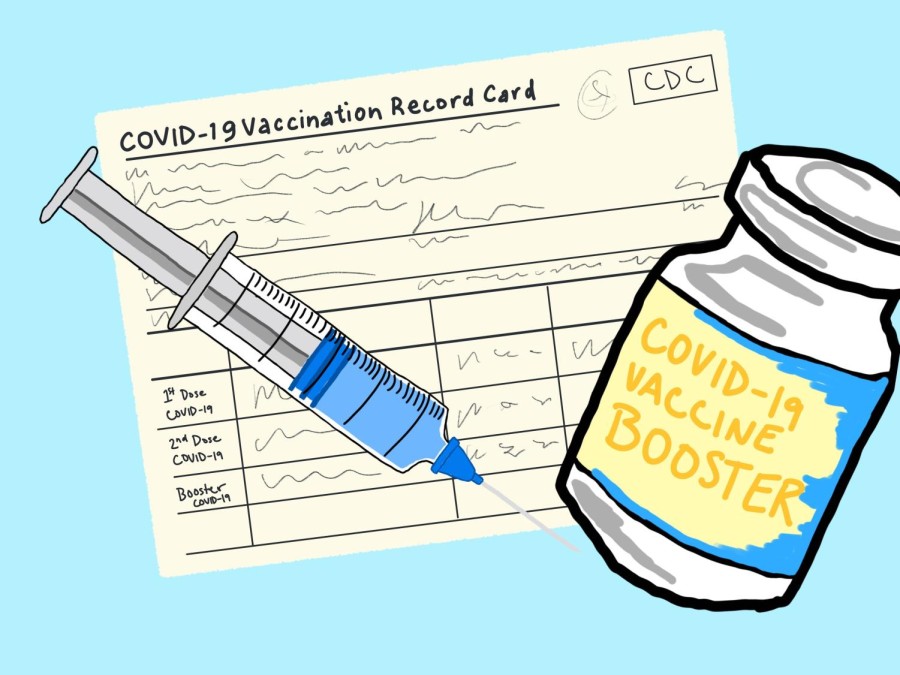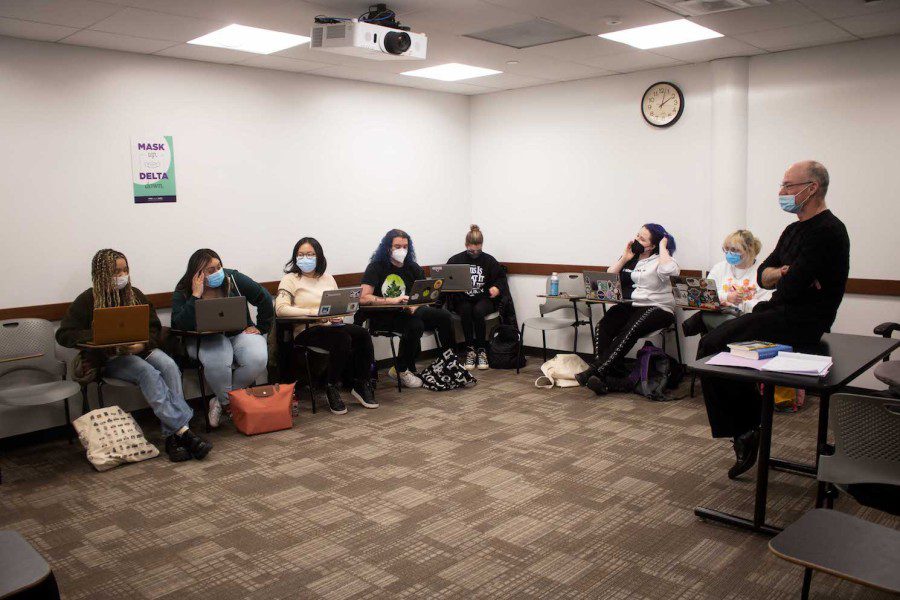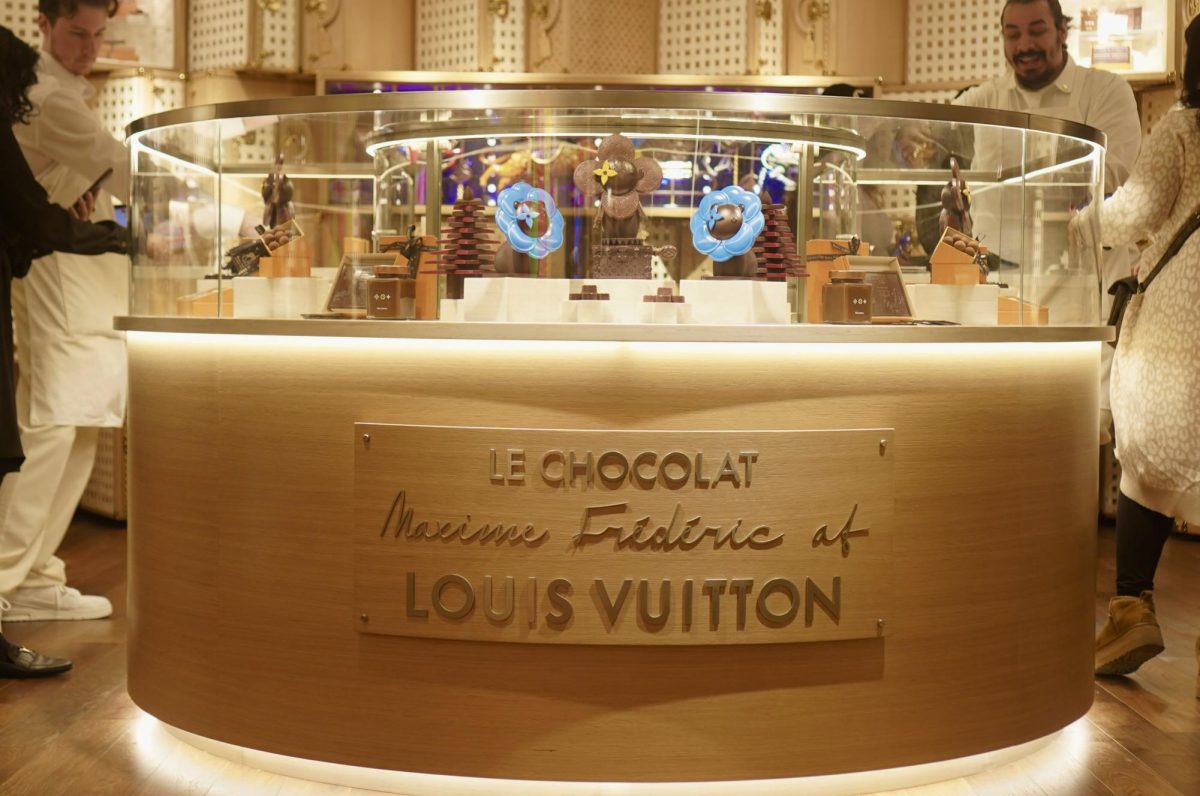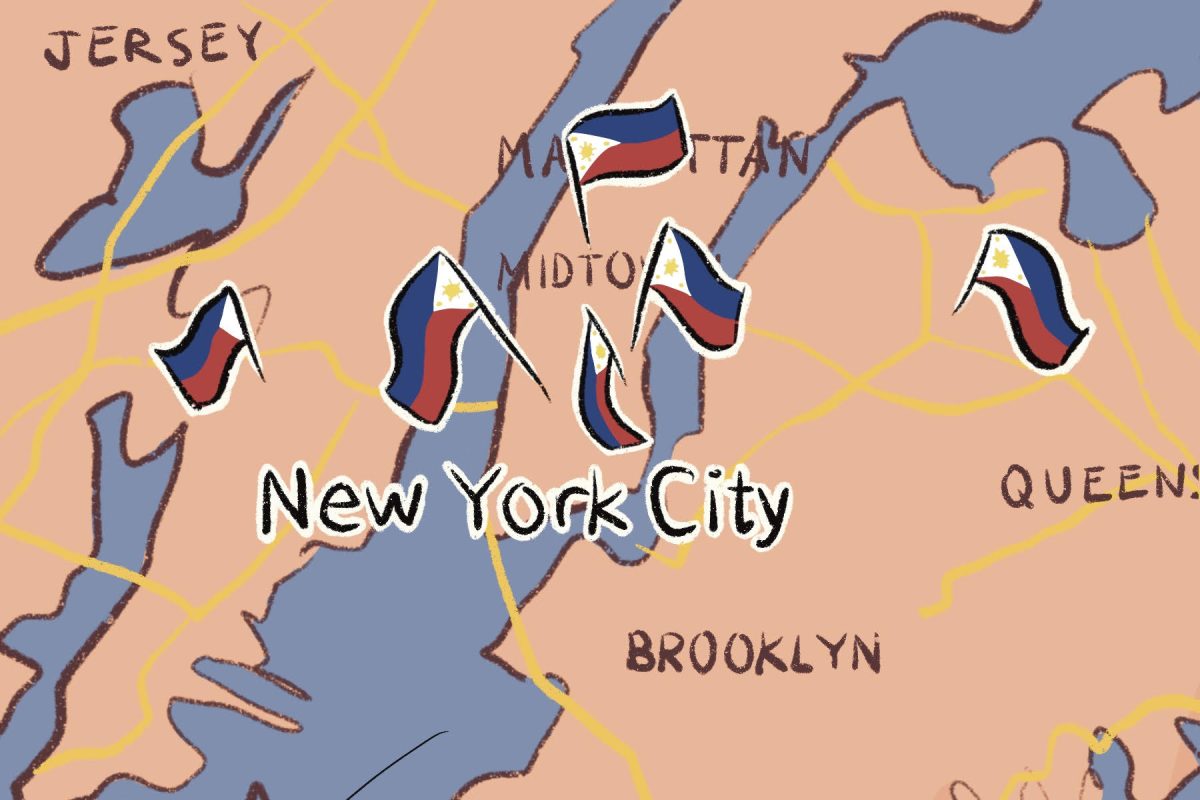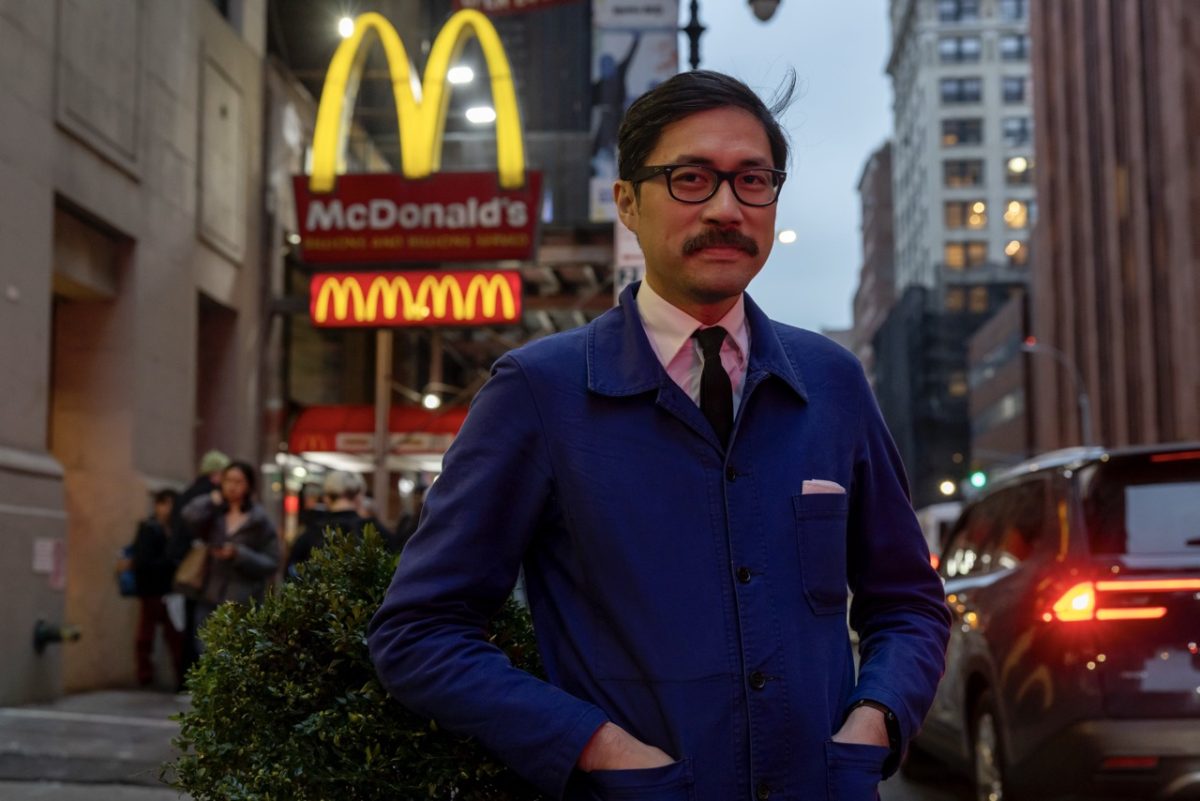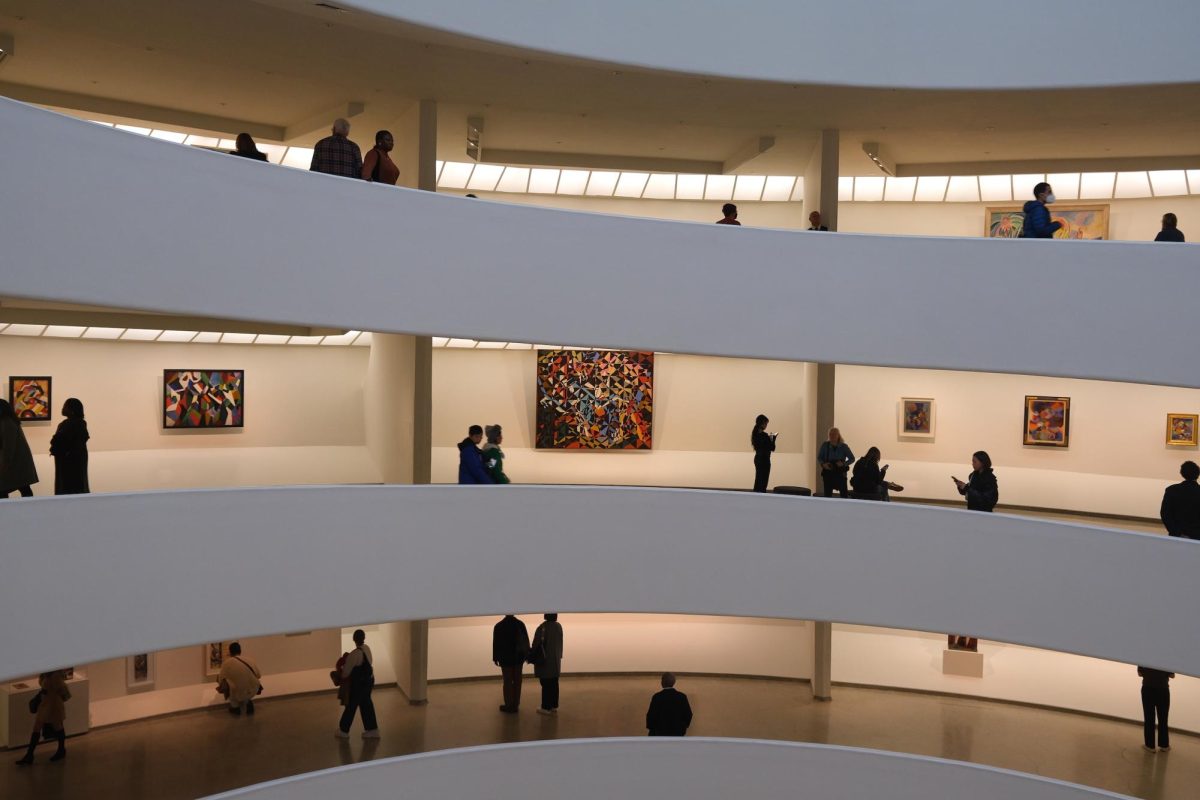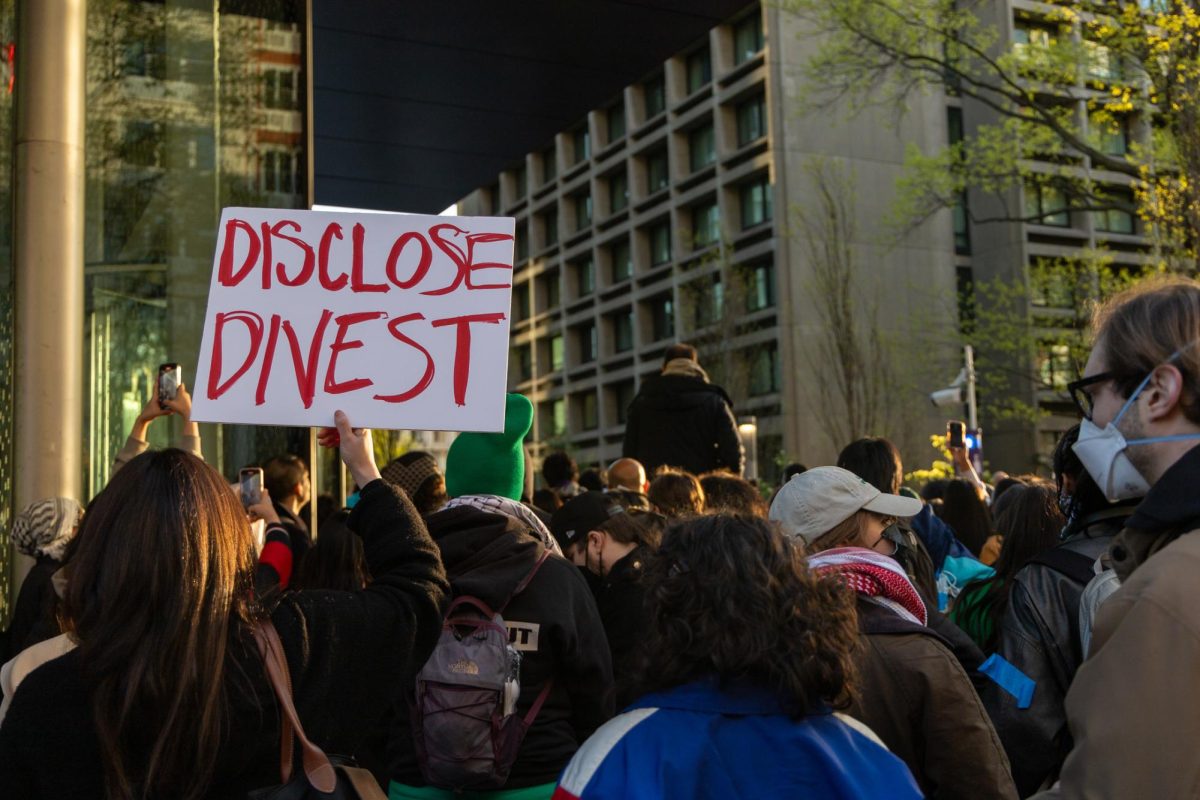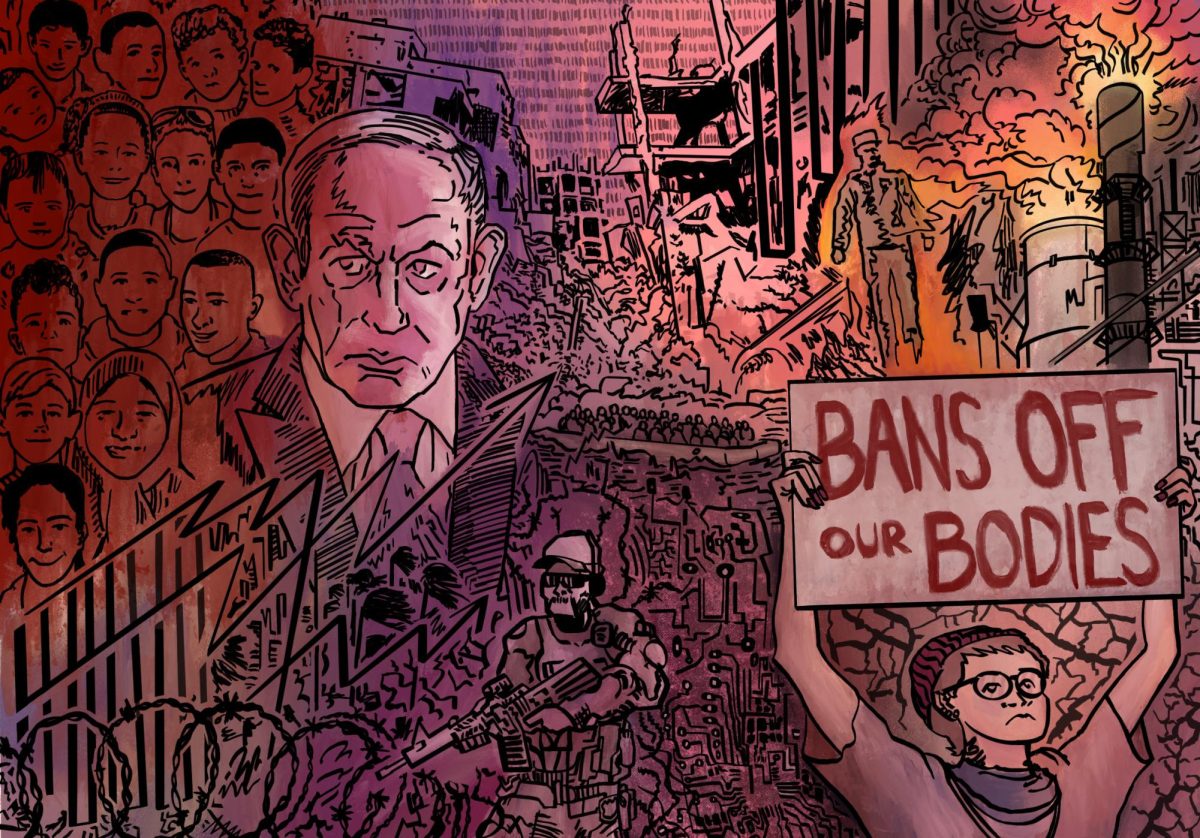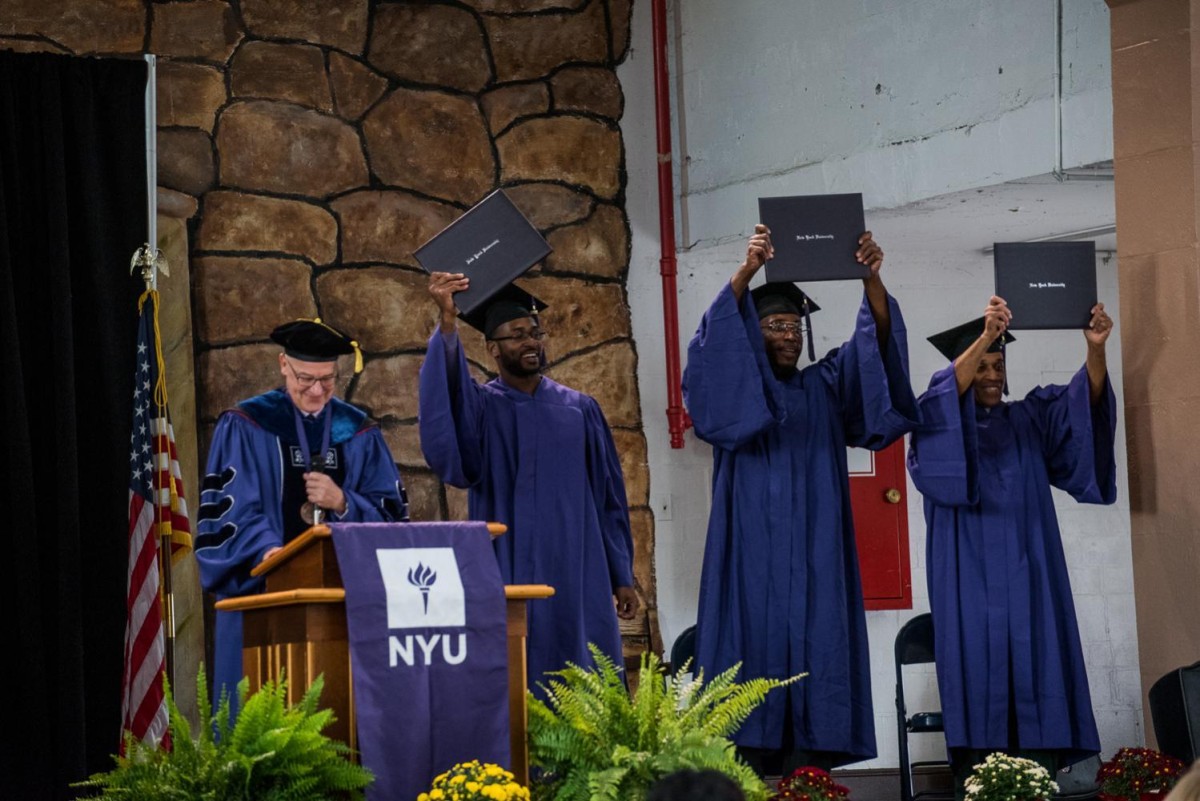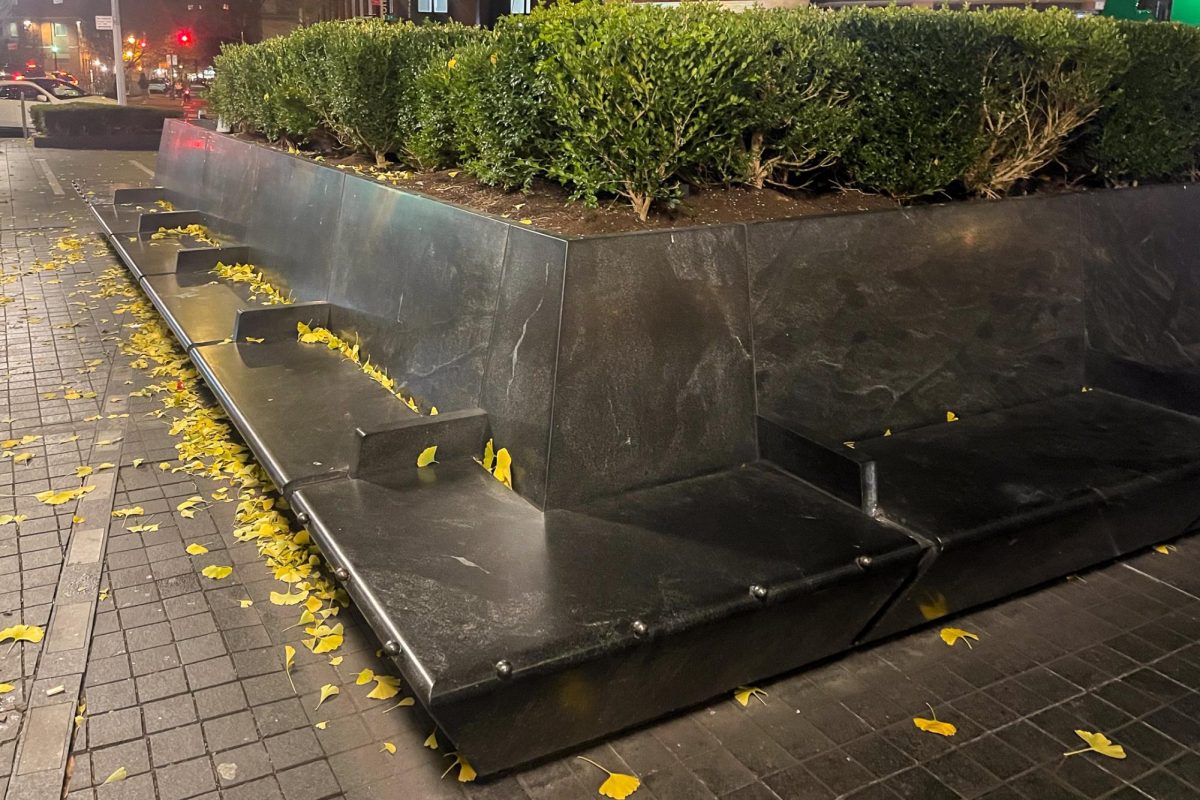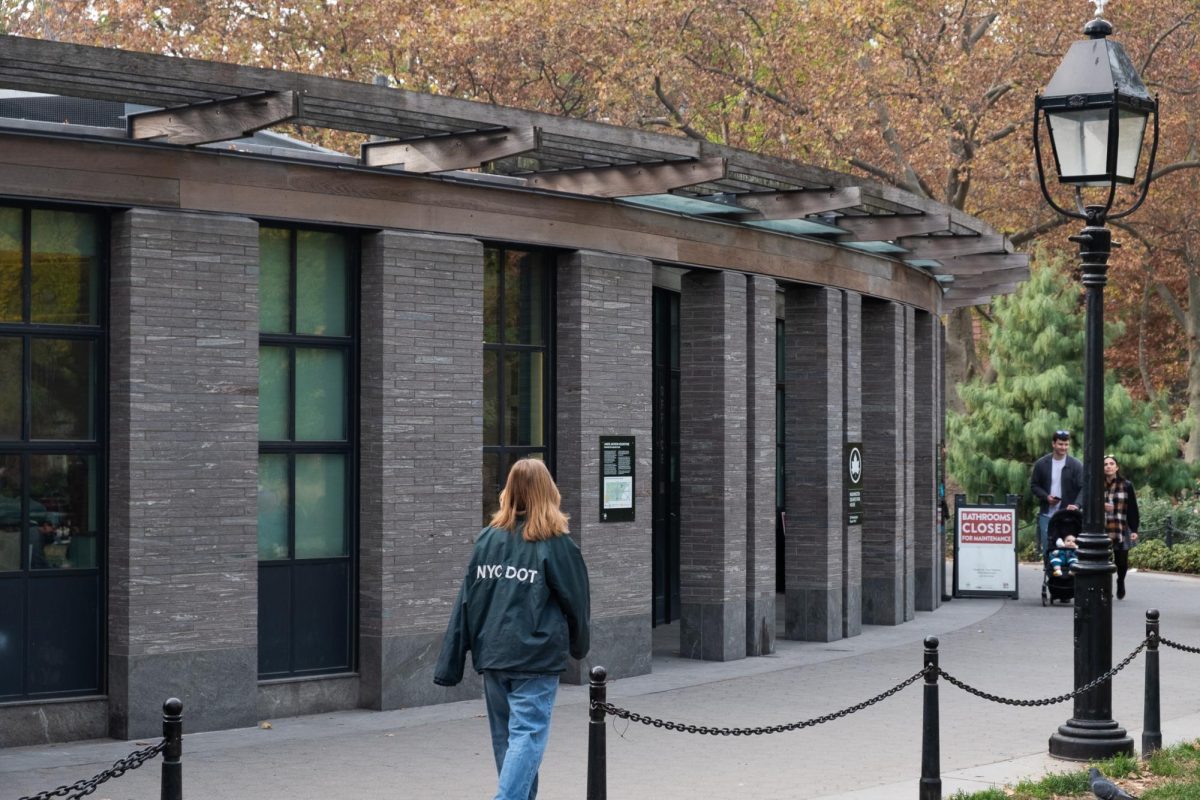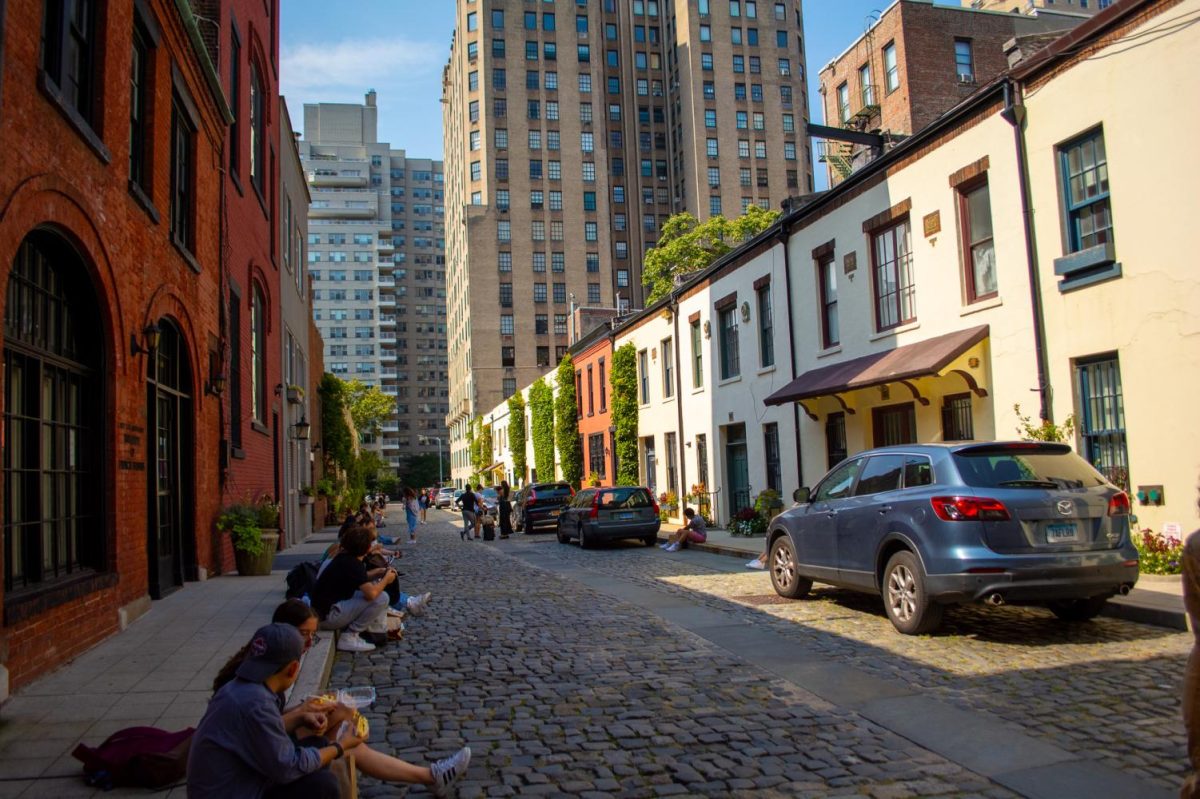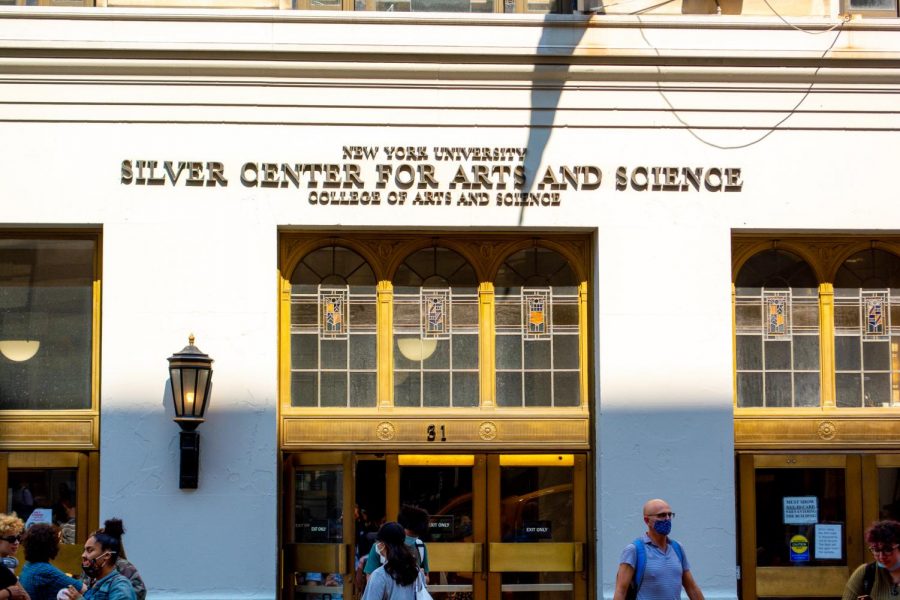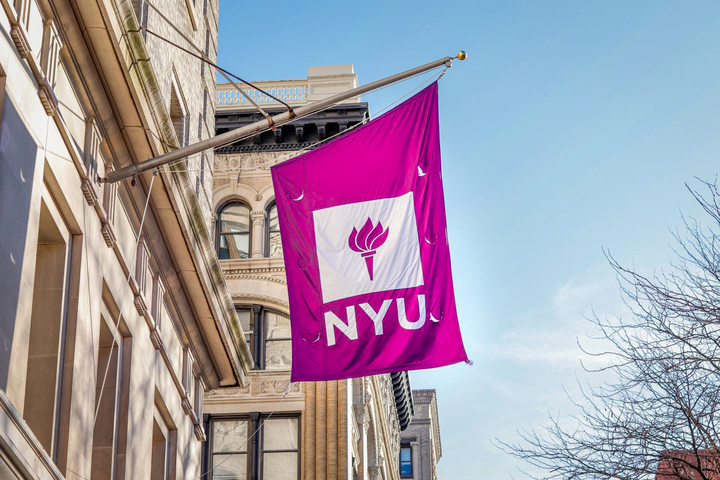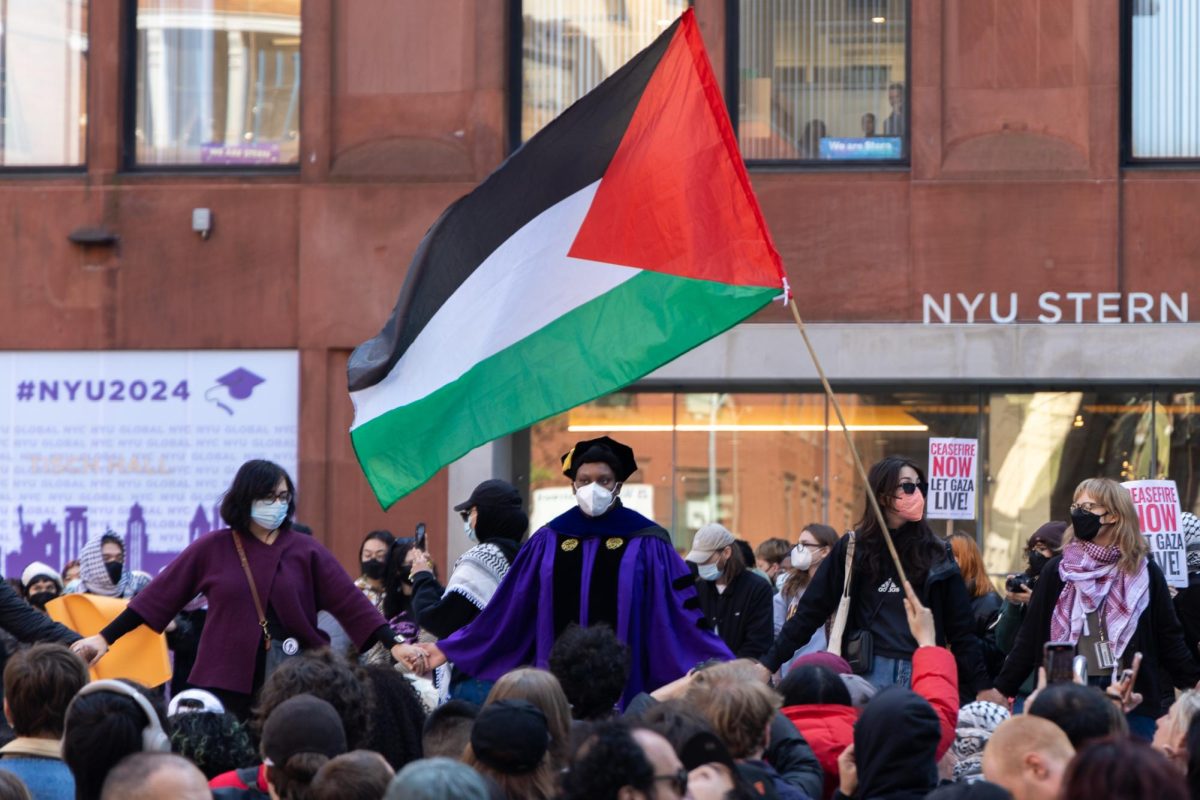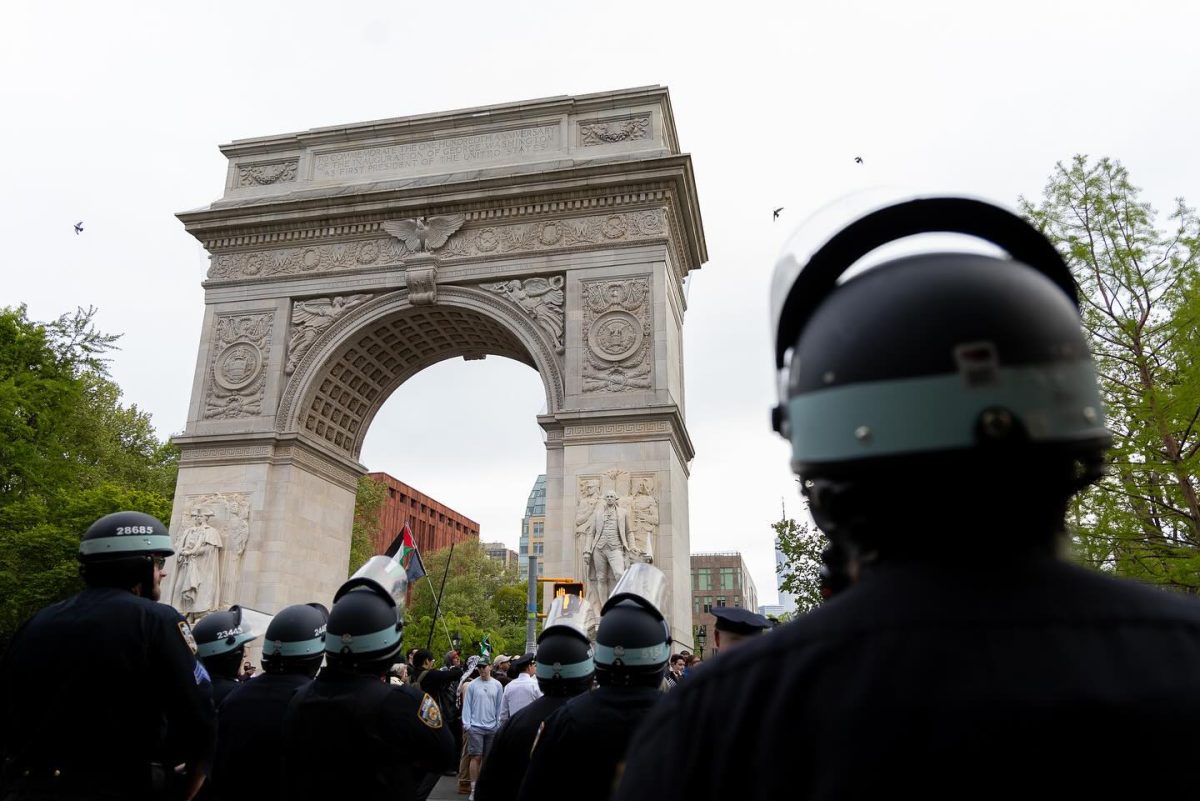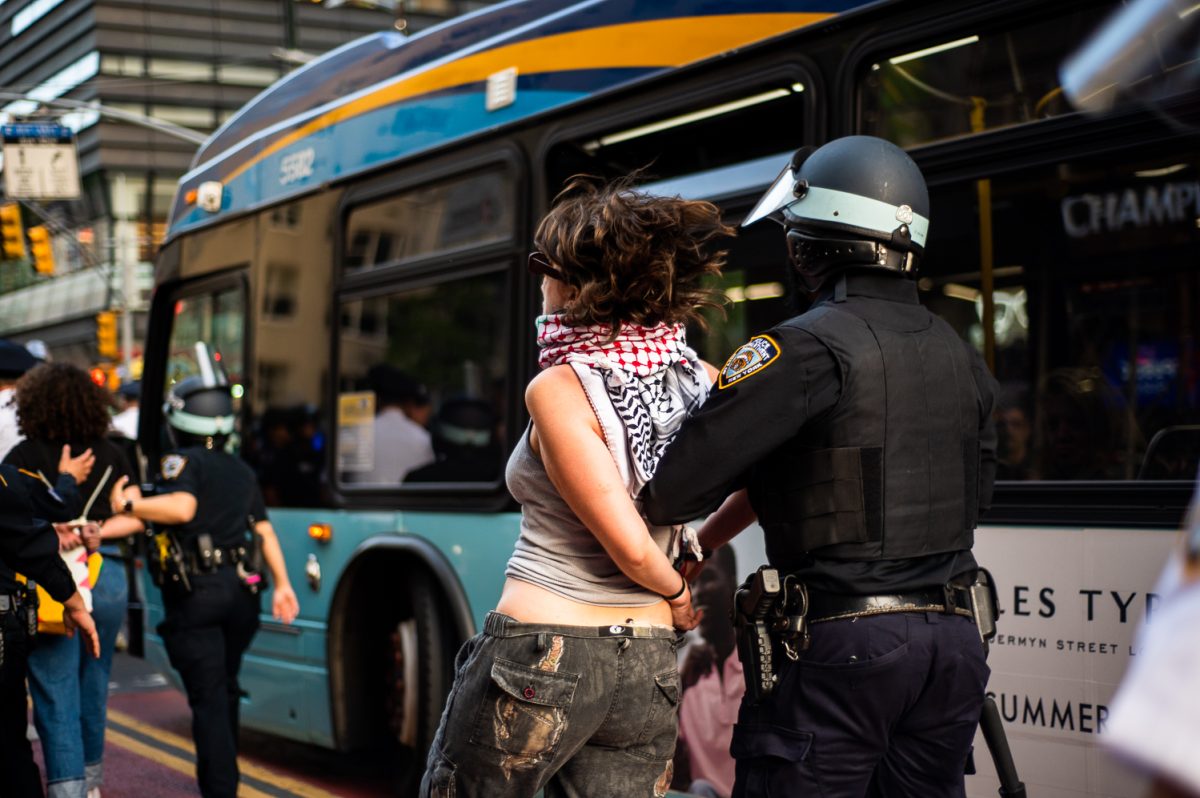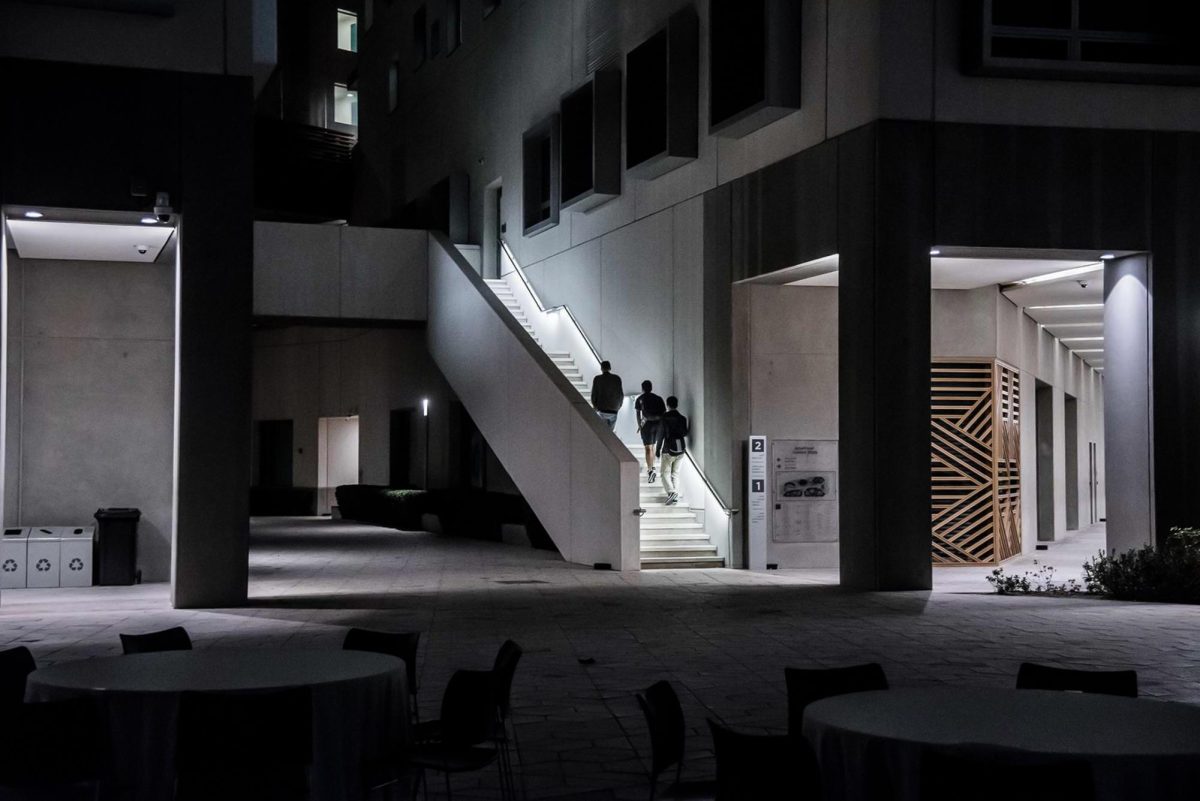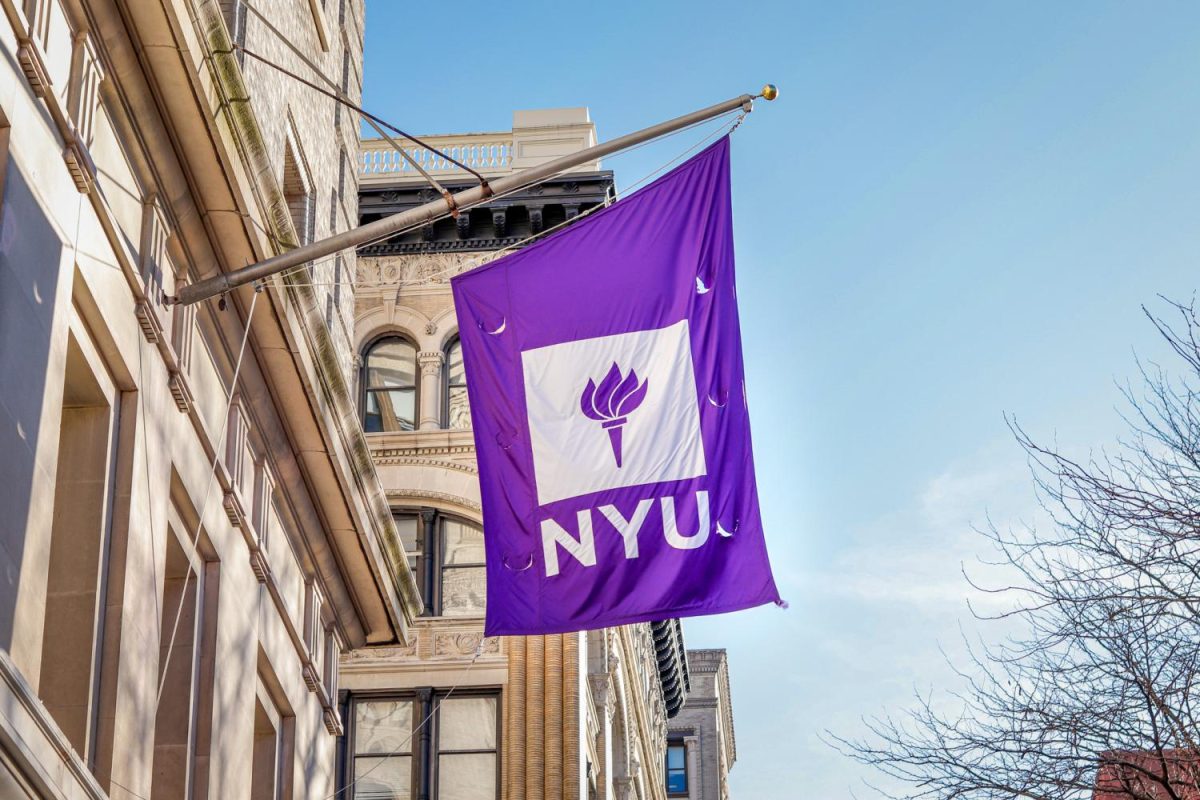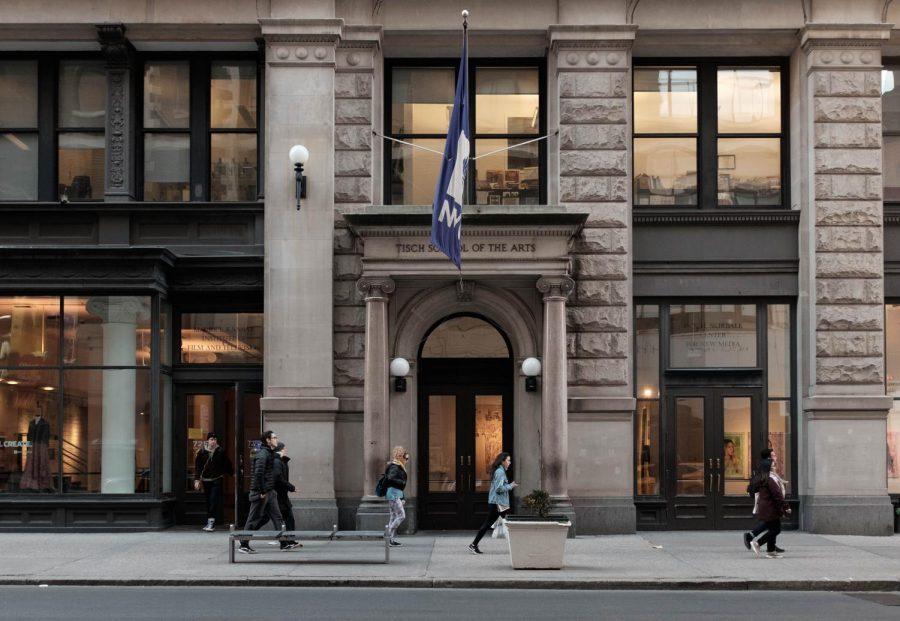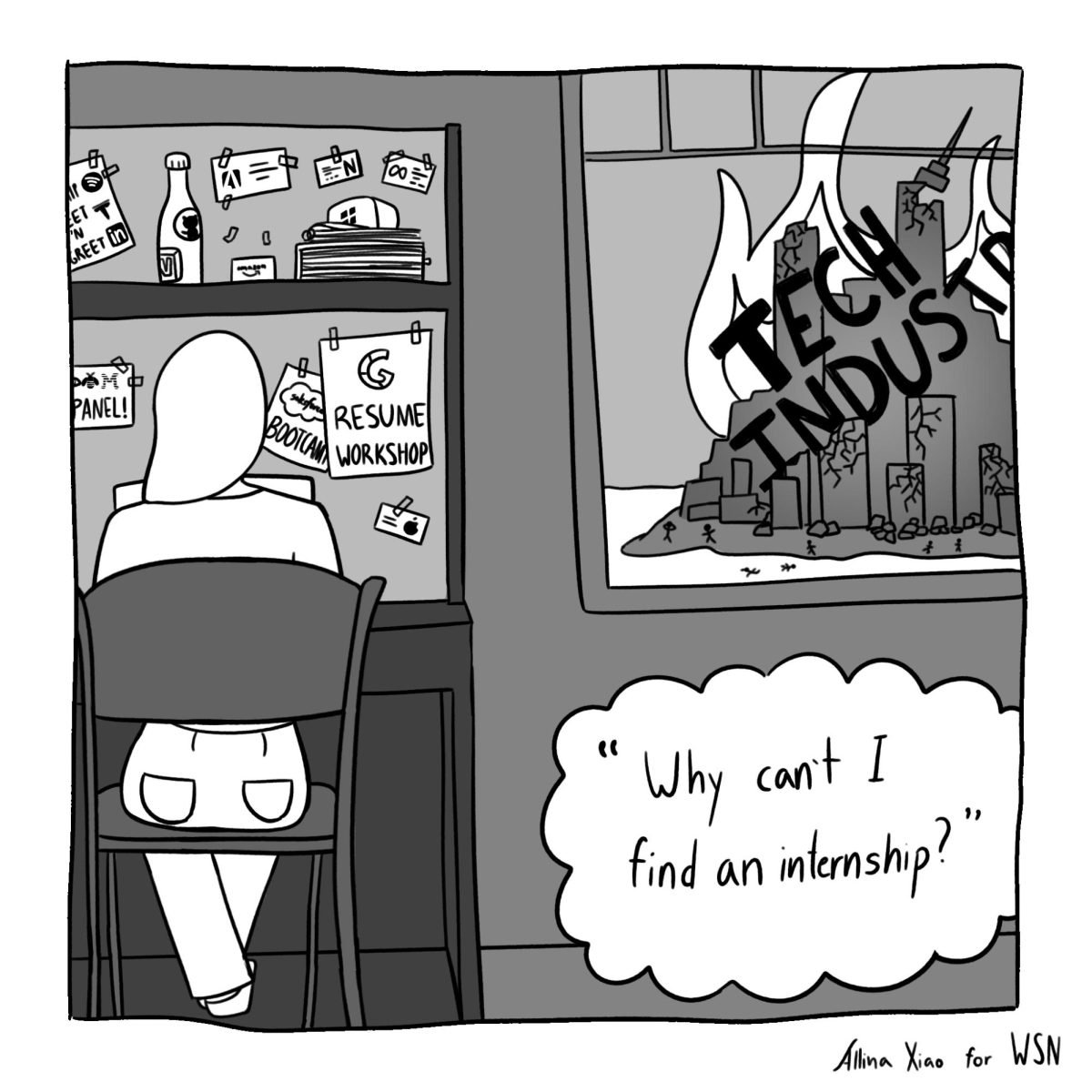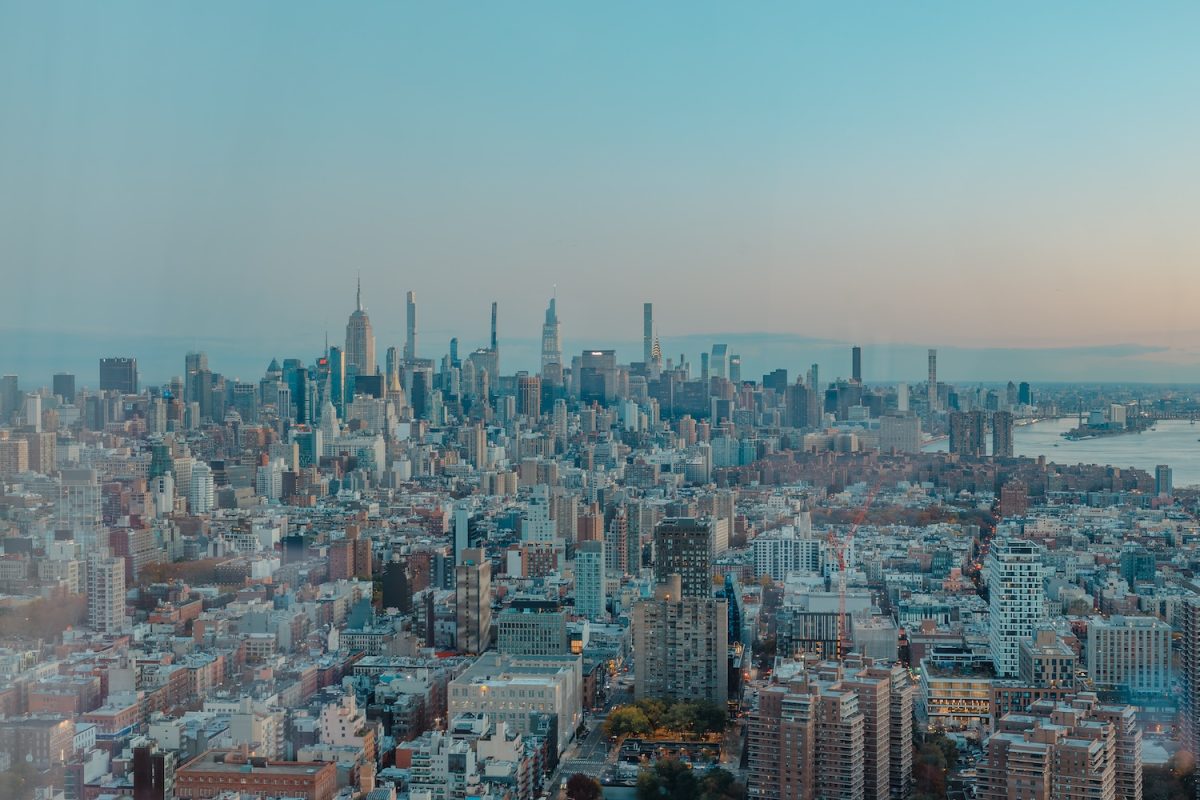The United States falls behind the rest of the developed world when it comes to high-speed rail. From the Czech Republic to China, governments across the world are innovating to create efficient and comfortable methods of transportation, while residents in the United States are consigned to airplanes and automobiles for long-distance travel.
In a country and a city that so claims to be the best in the world, under no circumstances should we stand idly by while our economic and geopolitical competitors overtake us. High-speed rail will be monumental to New York and America’s environment and economy. The Biden administration and congressional Democrats indicated that their next legislative priority is a large infrastructure package slated to cost $2 trillion over the next four years. President Biden and his allies should make high-speed rail a central piece of this initiative.
In 2020, the United States consumed a little over 18 million barrels of petroleum daily, 70% of which, or nearly 13 million barrels, is required for our existing transportation network. America is dependent on an energy source that requires us to destroy oceans and forests to reap the benefits. When fossil fuels are burned, carbon dioxide is released, eroding our ozone layer which heats up our atmosphere. Our reliance on oil caused us to engage in deep-sea drilling, which results in oil spills that stretch for miles. In contrast, high-speed rail is nine times more energy efficient than plane travel and four times more energy efficient than car travel, thereby reducing our dependence on fossil fuels.
High-speed rail systems have found to be 29% more energy efficient than outdated railway systems like those offered by Amtrak. Energy efficiency will not only be of benefit to the environment, but also save the country money from spending on expensive oil. Instead of a family emptying their wallet to pick up their kid from NYU, they could pay for a train ticket, which would likely be cheaper due to the decreased cost of fuel. Through increased energy efficiency, HSR will save America billions of dollars by reducing the amount of oil that our nation consumes.
Environment-friendly policies must be prioritized, especially in New York. New York, with its large size and density, has a higher concentration of pollution. Air pollution, in particular, is one of the most significant environmental threats to New Yorkers, contributing approximately 6% of deaths each year.
It is no secret that car pollution disproportionately impacts Black and Latino communities, causing innumerable racial disparities between health outcomes. These disparities can be attributed to the historical practice of redlining. Redlining consigned racial minorities into certain neighborhoods that were disproportionately impacted by car exhaust. There is a higher incidence of asthma among Black Americans for this very reason. It is imperative to invest in new forms of transportation that will not increase the burden of pollution on minority communities.
Not only would high-speed rail foster energy efficiency, it would also save Americans time. Alon Levy, a fellow at NYU’s Marron Institute of Urban Management, proposed a nationwide HSR system that would reduce the time of a train ride from Boston to New York City to an hour and 40 minutes, while a train ride from New York City to Washington would be an hour and 35 minutes. This travel time is comparable to that of an airplane trip, and significantly outpaces a car’s speed making these same trips. High-speed rail is a more efficient method of transportation, freeing up more time for Americans while keeping environmental costs low.
HSR will also make our transportation system much safer. America has a car-death epidemic. More than 38,000 people die on an annual basis from car accidents and 4.4 million people are injured enough to require urgent medical attention. The rest of the world isn’t facing the same issue, with the U.S car death rate being approximately 50% higher than that of Canada and countries in Western Europe. Our competitors prove that these car deaths are preventable. Since HSR has shown to foster significantly lower levels of car use, it would possibly lead to lower incidences of car fatalities.
President Biden has indicated his willingness to “go big” on his legislative agenda, pledging to pursue Roosevelt-esque New Deal policies to deliver benefits to the American people. This should be achieved through an innovative system of transportation that saves the country time and has a positive environmental impact. By making high-speed rail a central part of the upcoming infrastructure package, he will be taking a step toward that promise.
Opinions expressed on the editorial pages are not necessarily those of WSN, and our publication of opinions is not an endorsement of them.
Email Kevin Kurian at [email protected].







